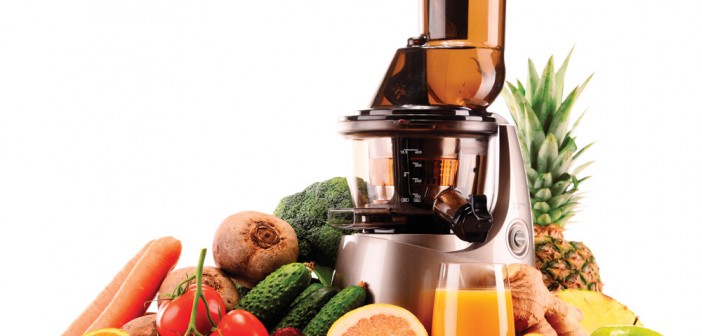You don’t need to work in the health arena to notice that juicing has generated quite the hype. Is juicing fruits and vegetables a trend or is it truly a beneficial health regimen?
While it’s flown under the radar of mainstream medicine, juicing has been practiced for many years. With the publicity of modern therapies such as “The Gerson Theory” and movies like “Fat, Sick and Nearly Dead,” juicing now has earned a voice in the society of homeopathic remedies. Ginger, turmeric, carrots, beets, lemons, wheatgrass and celery are just a few of the commonly juiced items that provide a variety of health benefits. We all know the importance of eating plenty of fruits and vegetables; juicing is a catalyst to do so more efficiently.
Juicing, in its simplest form, extracts nutrients from fresh fruits and vegetables into liquid form. Why would we want to solely extract the nutrients?
The goal of juicing is to give our bodies concentrated vitamins, minerals and enzymes to run more smoothly and efficiently. Similarly to car engine performance, the better we maintain our systems, the better they perform. We can condense the nutrients of ten carrots into one glass of juice – doing so gives us more nutrition than we are physically able to consume in one sitting.
This enriches the benefit of juice consumption to our bodily systems. Depending on the combination of ingredients, juicing can address a broad variety of needs.
Now, let’s talk about the pulp. When juice is extracted from fruits and vegetables, what’s left is fiber (pulp). Fiber is good and we need fiber. A few common uses of pulp include: making tea by adding spices, making a vegetable broth from or thickening a soup with it. We can add juice pulp to a low-fiber dish such as macaroni and cheese or spaghetti. Pulp also can be a great addition to baked goods or “pulp” crackers. You can feed pulp to your chickens or, among my favorite uses, compost it.
If you are looking to purchase a juicer, here is some information that may help in your selection.
Juicers are classified into two main categories: centrifugal and masticating. Centrifugal juicers are the most common and least expensive. They can be harder to clean, but require less preparation. They extract nutrients by rapidly spinning pulp around its chamber (using centrifugal force). This method can create heat and friction, which some believe can break down the precious nutrients we are trying to extract. The cost of this juicer can range anywhere from around $40 to $250, and you pretty much get what you pay for.
Masticating juicers squeeze the juice out of the food very slowly so there isn’t a lot of friction created. They extract more juice, but require items to be chopped into smaller pieces. Ultimately, I believe the best juicer is one that you will use the most. The purchase should depend on what features you find important, and will use with consistency.
Juicing provides an array of nutrients and opportunities to complement current health goals, and it can address relevant health concerns. With a host of ingredient options and a growing body of research demonstrating the benefits of juicing to overall health, the juicing trend continues to appear in leading health headlines and health practices around the globe. So, this juice … is for you!
Rebekah’s Gingerade
INGREDIENTS
- 2-3 sweet apples
- 1/2 small lemon (without peel)
- 1-2 large kale leaves (do not juice stems)
- 1/4 -1/2-inch slice of ginger (peel included)
TO MAKE
Juice the ginger, kale and lemon first, then the apples. Drink and be well!
The goal of juicing is to give our bodies concentrated vitamins, minerals and enzymes to run more smoothly and efficiently.














